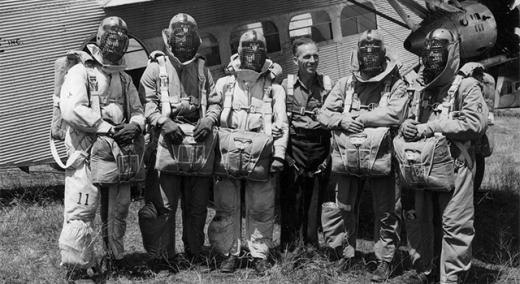‘Turning to the men around him, Dodge shouted, ‘Up this way!’ but the men ignored him. Dodge later stated that someone responded, ‘To hell with that, I’m getting out of here.’ The team raced past Dodge up the slope toward the ridge. Four men reached the crest, but only two, Bob Sallee and Walter Rumsey, managed to escape through a crevice in the rock. Dodge survived by lying in the center of his escape fire. The rest of the team perished in the blaze.”
|
ADVERTISEMENT |
This passage, taken from Chapter 6 of our leadership book, Safety Beyond the Numbers (SafePath Publishing 2022), describes a real-life disaster in which more than a dozen forest service firefighters (smokejumpers) lost their lives. The tragedy is a stark reminder that it’s impossible for any leader or organization, no matter how competent and well-meaning, to be responsible for keeping their people safe. Far from being admirable or heroic, such a belief is in fact the opposite—misleading and patronizing. And sometimes it’s fatal.
Let’s take a closer look at this often-misunderstood but critical aspect of safety.
…

Comments
The Role of Employee Engagement in Safety
ISO 45001:2018 clause and requirements in 5 for Leadership and Worker Participation that their involvement in Decision Making; Consulation and Participation of Workers, and as ISO 9000:2015 QM Princiles also has People Engagement.
Add new comment